#pelecaniform
Text
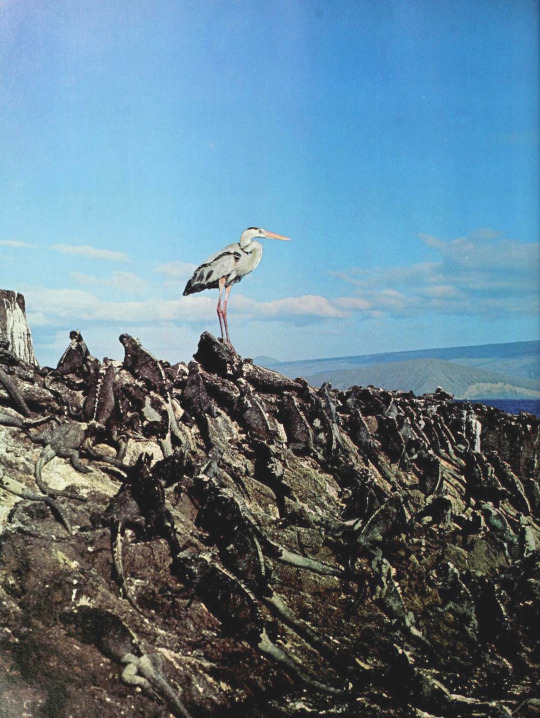
Grey heron surrounded by marine iguanas
By: Alan Root
From: The Fascinating Secrets of Oceans & Islands
1972
#marine iguana#iguana#lizard#reptile#grey heron#heron#pelecaniform#bird#1972#1970s#Alan Root#The Fascinating Secrets of Oceans & Islands
332 notes
·
View notes
Text
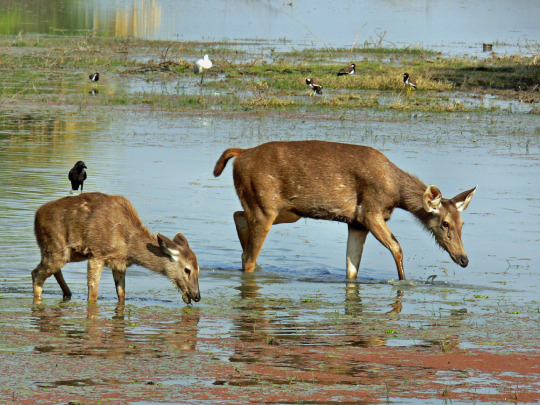
Indian sambar Rusa unicolor unicolor
With house crow Corvus splendens (on young sambar), red-wattled lapwing Vanellus indicus (left and right background), and black-headed ibis Threskiornis melanocephalus (center background)
Observed by reginchen, CC BY-NC
#Rusa unicolor unicolor#Indian sambar#Cervidae#deer#non-ungulate#bird#Corvus splendens#house crow#passerine#Vanellus indicus#red-faced lapwing#shorebird#Threskiornis melanocephalus#black-headed ibis#pelecaniform#Asia#India#Rajasthan#juvenile
51 notes
·
View notes
Text
day 3
great blue heron

2K notes
·
View notes
Text

A black heron (Egretta ardesiaca) uses its wings to trick fish into the shade in order to snap them up in Abuko Nature Reserve, Gambia
by Steve Garvie
#black heron#black egret#herons and egrets#egretta ardesiaca#egretta#ardeidae#pelecaniformes#aves#chordata#wildlife: gambia#wildlife: africa
3K notes
·
View notes
Text

Grey Heron
1K notes
·
View notes
Text
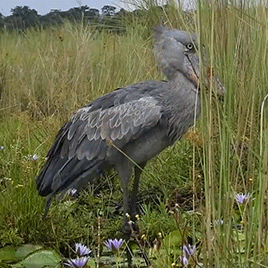

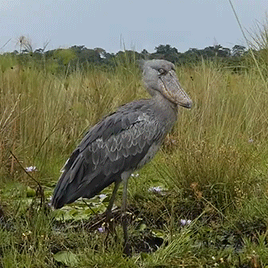

🪶👞shoebill stork👞🪶
418 notes
·
View notes
Text



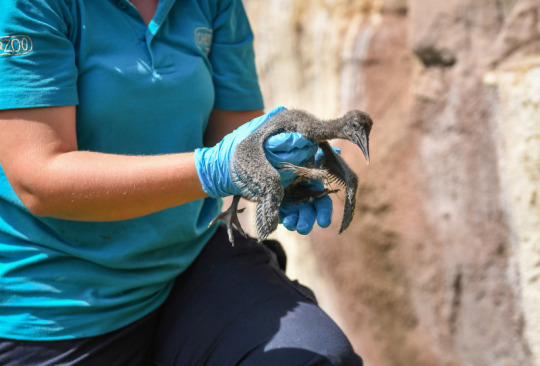

Northern Bald Ibis
Source: Zooborns
2K notes
·
View notes
Photo

Least Bittern (Ixobrychus exilis)
© Mike Streicher
3K notes
·
View notes
Text

[2443/11080] Cinnamon bittern - Ixobrychus cinnamomeus
Order: Pelecaniformes
Family: Ardeidae (herons)
Subfamily: Botaurinae (bitterns)
Photo credit: Feihong Huang via Macaulay Library
174 notes
·
View notes
Text



A Shoo-in Shoebill Stork
The shoebill stork, also known as the whalebill stork or Balaeniceps rex is in fact not a stork at all, but a long-legged wading bird belonging to the family Pelecaniformes. This species can be found in the central African tropics, from southern Sudan to northern Tanzania. Within this range, they mainly inhabit freshwater swamps and dense marshes, particularly those with deep water large reed beds.
Balaeniceps rex is often referred to as a dinosaur among birds due to its fearsome appearance. The average individual stands 1.1-1.4 m (3.6-4.5 ft) tall and has a wingspan of 2.3 to 2.6 m (7.5 to 8.5 in). However, adults are quite light, weighing only 4 to 7 kg (8.8 to 15.4 lb). Males tend to be larger than females, but otherwise the two sexes look identical. Adults have dark grey plumage with a lighter belly and darker wings. Their most striking feature is their beak, which is extremely large and can be said to resemble a wooden show (hence the name).
The shoebill's beak is very useful for catching its primary prey: fish. B. rex consumes a variety of species, including lungfish, catfish, and tilapia, as well as non-fish items like water snakes, frogs, turtles, mollusks, and even young crocodiles. Shoebills typically stalk their prey, or stand perfectly still and wait for their prey to come to them, before quickly snatching it up and decapitating it with the sharp edges of their beaks. Because of their large size and strong bills, adults are seldom prey for other animals, and they defend their nests fiercely from predators like snakes and other birds.
Outside of the breeding season-- and even during it-- shoebills are extremely territorial. Not only do they chase potential predators away from their nests, both males and females will fiercely defend their territory from other shoebills.
Breeding begins in the dry season, typically in in May, and lasts until about October. Once a male and female form a pair, they remain together for the duration of the mating season. They build a nest from floating vegetation, and 1-3 eggs are cared for by both parents; in addition to being incubated for warmth, one parent may also occasionally pour a beak-full of water over the eggs to keep them cool during the hot summer day. The eggs hatch about 30 days after being laid, and young are fed continuously-- though usually only one chick survives to adulthood. At 125 days old they become fully independent and leave to establish their own territories. The average individual can live up to 35 years in the wild.
Conservation status: The IUCN lists the whalebill stork as Vulnerable. Current wild population estimates sit at about 5,000-8,000 individuals. Primary threats include poaching for the zoo trade and consumption, habitat destruction, and pollution.
If you like what I do, consider leaving a tip or buying me a kofi!
Photos
Santiago Caballero Carrera
George Amato
Mana Meadows
#shoebill stork#Pelecaniformes#Balaenicipitidae#wading birds#birds#wetlands#wetland birds#freshwater fauna#freshwater birds#africa#central africa#animal facts#biology#zoology#ecology
160 notes
·
View notes
Text
Taxonomy Tournament: Birds
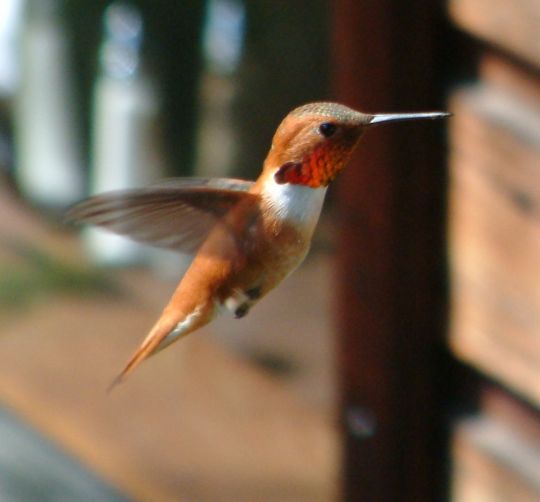

Strisores. This clade is made up of various small birds, such as swifts, hummingbirds, and nightjars.
Pelecaniformes. This order of seabirds contains pelicans, herons, ibises and shoebills
#animals#biology#polls#poll tournament#zoology#swifts#hummingbirds#birds#tetrapods#pelicans#herons#ibises#Strisores#Pelecaniformes#0x38v0x47
74 notes
·
View notes
Text
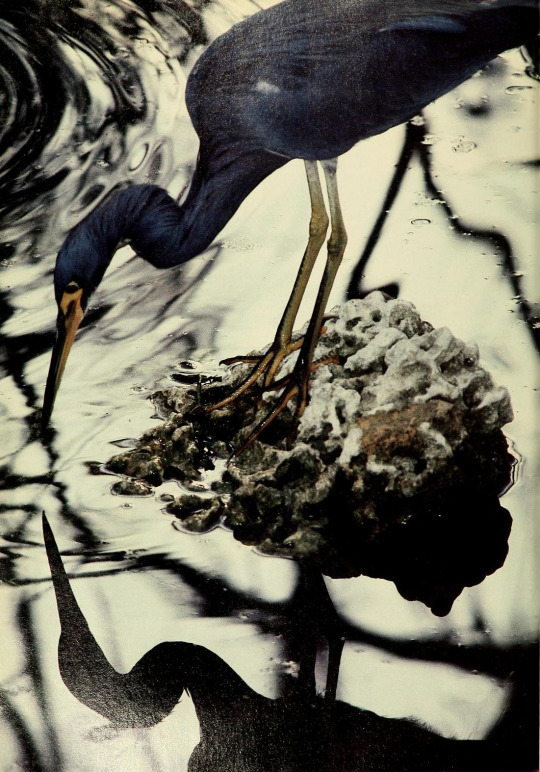
Tricolored heron
By: Caulfield
From: Natural History Magazine
1984
156 notes
·
View notes
Text

Indian elephant Elephas maximus maximus
With Indian pond heron Ardeola grayii, left background, and great egret Ardea alba, right foreground
Observed by martin53, CC BY-NC-ND
#Elephas maximus maximus#Indian elephant#Elephantidae#elephant#non-ungulate#bird#pelecaniform#Ardeola grayii#Indian pond heron#Ardea alba#great egret#Asia#Sri Lanka
22 notes
·
View notes
Photo

Least Bittern (Ixobrychus exilis)
© Mike Streicher
781 notes
·
View notes
Text

A flock of scarlet ibis (Eudocimus ruber) rest in a tree in Trinidad
by Laurence Green
#scarlet ibis#ibis#birds#eudocimus ruber#eudocimus#Threskiornithidae#pelecaniformes#aves#chordata#wildlife: trinidad#wildlife: south america
1K notes
·
View notes
Text

Great Blue Heron
185 notes
·
View notes